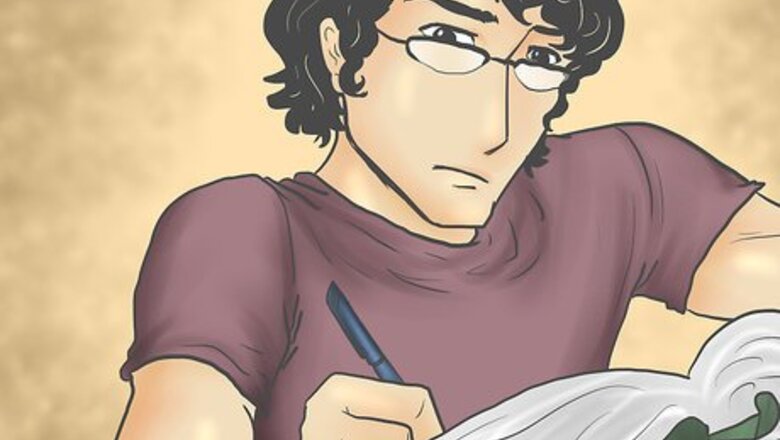
views
Steps
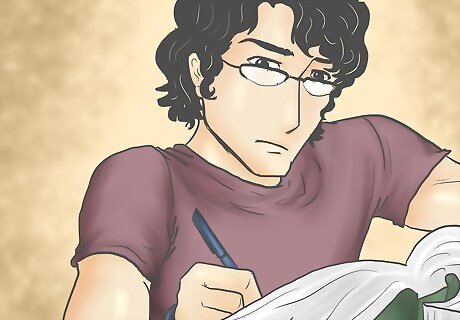
Summarize characters role in a brief paragraph.
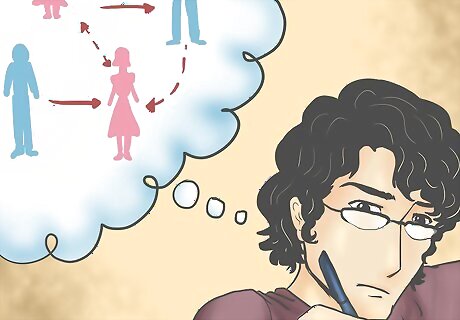
What is the characters role? ally, opponent, false friend
Key questions
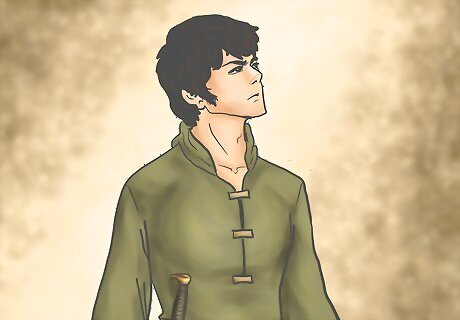
What is the heroes goal?
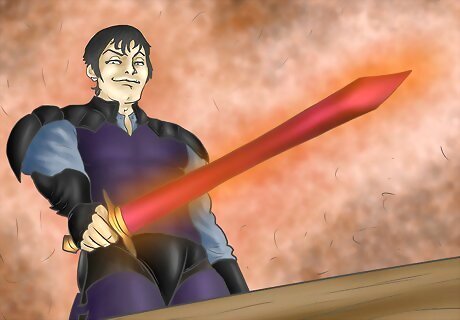
Who is the opponent? opposition is an important part of a story so consider who your antagonist is and what powers/abilities they possess.
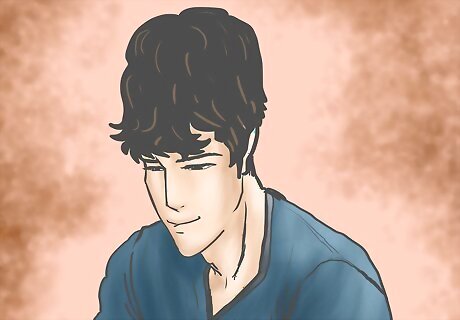
What are the characters traits? physical, sociological(married, homeless, class), psychological (fears, phobias)
Stereotypes/archetypes
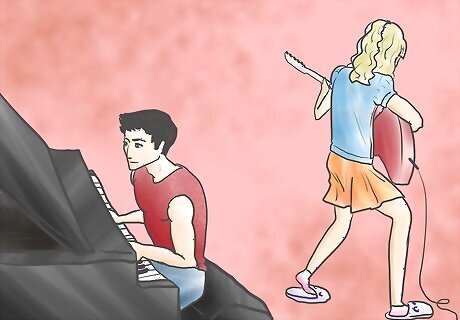
Stereotypes. Stereotypes should be avoided as they most often reinforce a negative image, for example it has taken decades to get over Hollywood's stereotyping black people. you can however create interesting characters by subverting a stereotype by giving them an odd trait, for example a body builder could have a passion for classical music or like arranging flowers.
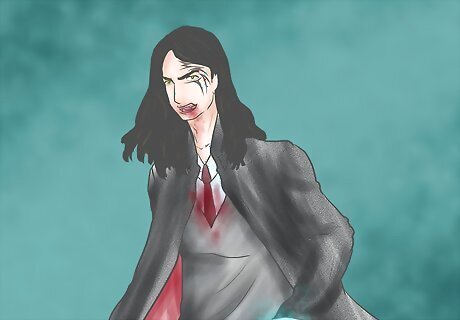
Archetypes. Archetypes are very powerful as we are all aware of them. Here are the common types of archetypes: Hero. Sage. Magician. Ruler. Jester. Lover. The explorer. free spirit The rebel. breaks rules Creator. Care giver. Orphan/regular guy or gal. Innocent/virgin.
Externalize

Decide on location. Where would your character live or act? Does your villain prefer a dark evil lair full of technological doodads, or do they want to live in a shadowed, dark, cave that is full of shadows? Or do you want to go against conventions and show them living happily with a family or give them a sense of humour that appeals to the viewer.
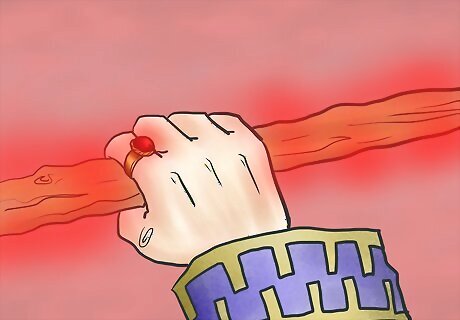
Props. Use props to externalize how the character is feeling.

Choose the clothing/hairstyling/makeup that each character needs. If it's a softer, kinder character who is much less concerned about how he or she looks than other aspects of life, use very little makeup in flesh-colored or very light tones. If your character is extremely outgoing and likes to stand out in the crowd, try bolder colors, especially on the lips our around the eyes. If you are going for a completely costume- y look, such as designing an alien or superhuman, your stylist should be extremely dramatic so that the effects will pick up well during filming.

Weather. This technique is called pathetic fallacy where you use the weather to externalize how a character is feeling. For example rain is used to connote sorrow, sunshine happiness and a storm to suggest anger or rage.
other

Empathy. It is essential that the viewer empathizes with the protagonist. You can achieve this by creating opposition, creating obstacles for the hero. Romance and showing the hero going out of his way to help someone are also very effective.

Consider what you know. What is it that you know about your character? What do they like? Hate? What do they look like, smell like, what clothes do they wear, how do they style their hair, what does their voice sound like? The best way to organize these character traits is to write down a list of as many as you possibly can. Is there someone you can cast who looks in general like the character you want them to portray? (Actor/actress personalities can be extremely different. Contrast is okay, but they should know how to execute the emotions you want them to easily. Find the absolute best setting tells a lot about a character.

Provide advance knowledge. Each actor should have the entire film script before you film, giving them time to both memorize and 'get into character'. Plus, as a director or casting artist, you should know things about characters that aren't necessarily incorporated in the film, such as their heritage, families, previous boyfriends/girlfriends and personal experiences. Sit down with your actors and tell them these things so that they can grasp the technique of embodying your character as well as they can.
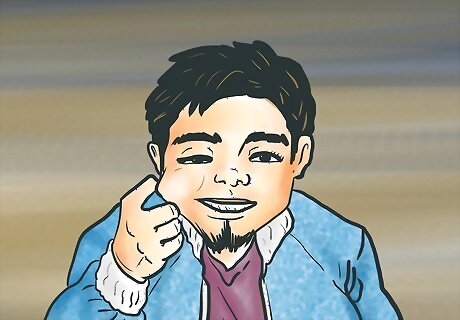
While you're filming, be aware about how your cameras pick up facial expressions and the like. They should always be focusing on the most vital part of the shot, but it's very good development if an actor or actress is deep in emotion during the scene to always get a good look at his or her face. Remember that it's okay to cut the scene and tell your actors to change something or do something else, or that during editing you can always look at camera angles and focus on different points in the shot.
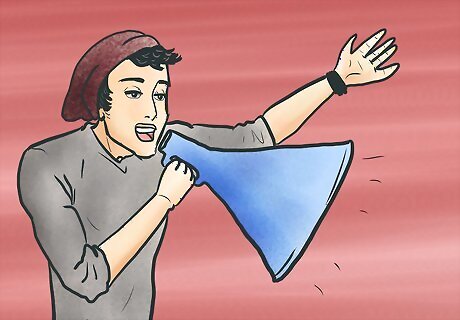
Once you've filmed, ask a group of people to watch your work play out. Ask them what they know about the characters once it is over. The more detail the give you, the better. Also, ask them questions that can't be answered just by watching the film, such as "How many ex-boyfriends do you think she has?" Or "What do you think his mother was like?" To see if they understood underlying emotions in the script and acting.















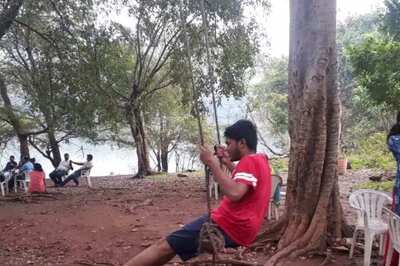
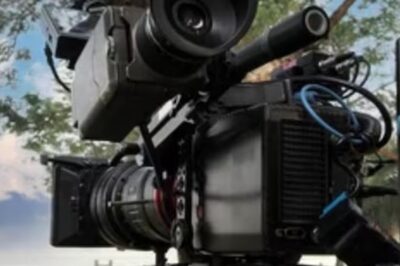

Comments
0 comment